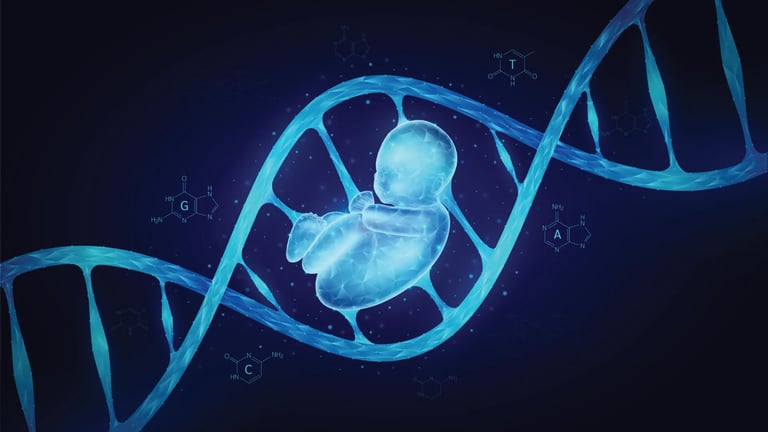Breakthrough Study Reveals 100-Million-Year Evolution of Fetal-Maternal Interface Across Mammals
July 6, 2025
A research team from the University of Vienna has uncovered how the fetal-maternal interface in pregnancy evolved over the past 100 million years, revealing that invasive placenta cells are deeply conserved across mammals.
Using single-cell transcriptomics and evolutionary modeling, the study simulated cellular communication across species to trace its evolution over millions of years.
The study analyzed single-cell transcriptomes from six mammalian species, including rodents, primates, a monotreme, and a marsupial, to understand the evolution of key cell types involved in pregnancy.
The research tested two theories of cellular communication evolution: the Disambiguation Hypothesis, which suggests hormones are assigned to either mother or fetus, and the Escalation Hypothesis, proposing an evolutionary arms race with some genes like IGF2 showing conflict signals.
These insights offer a new framework for understanding the cellular basis of pregnancy evolution and could guide future research into pregnancy-related health issues.
Results support that maternal-fetal signaling is mainly cooperative, with conflict limited to specific genetic regions, indicating that evolution favors coordination rather than conflict during pregnancy.
Findings show that the invasive behavior of fetal placenta cells is a conserved feature in mammals, challenging the idea that such cells are unique to humans, and emphasizing the role of hormone production in prolonged pregnancies.
Summary based on 1 source
Get a daily email with more Science stories
Source

ScienceDaily • Jul 6, 2025
Pregnancy’s 100-million-year secret: Inside the placenta’s evolutionary power play